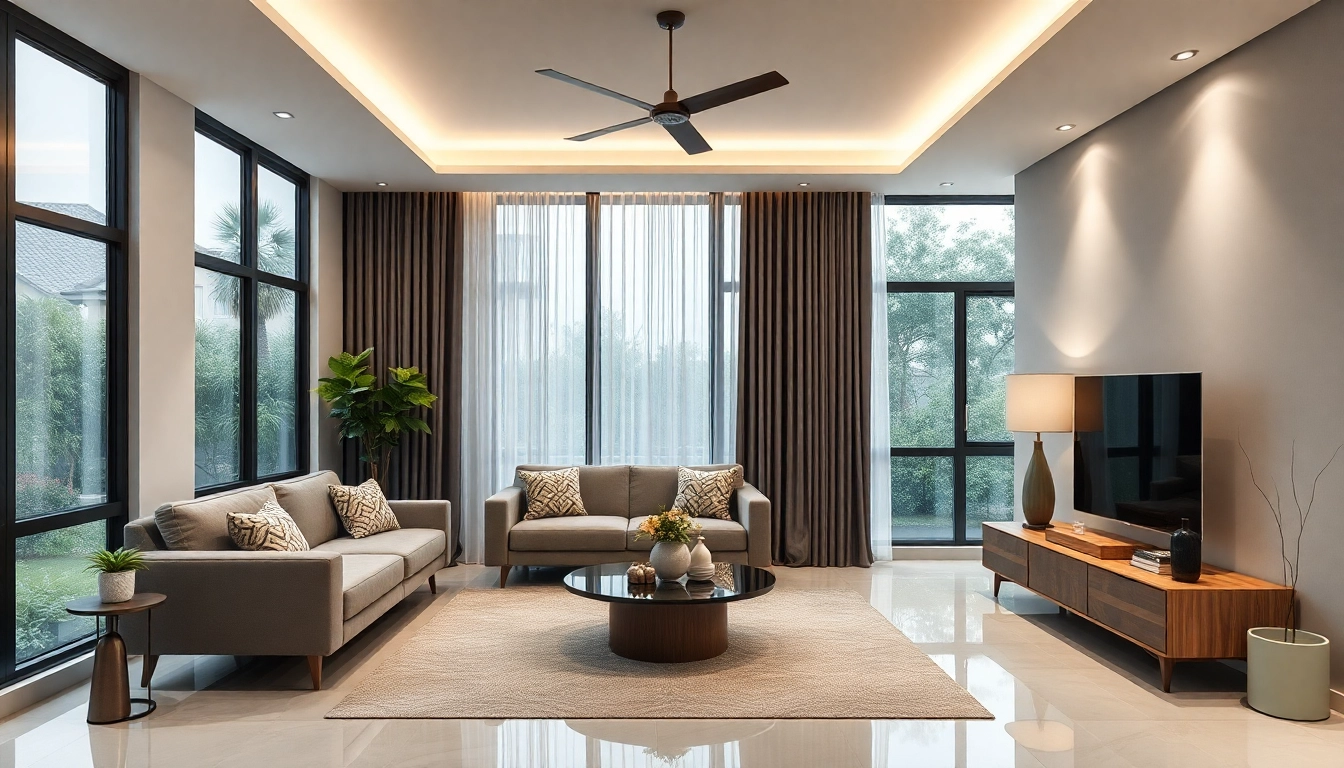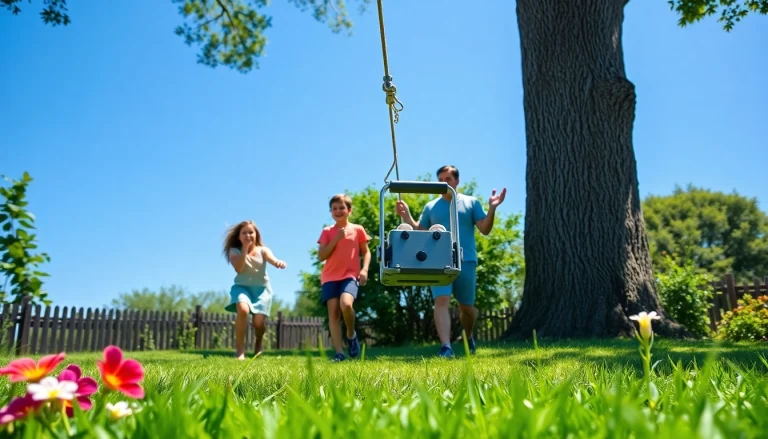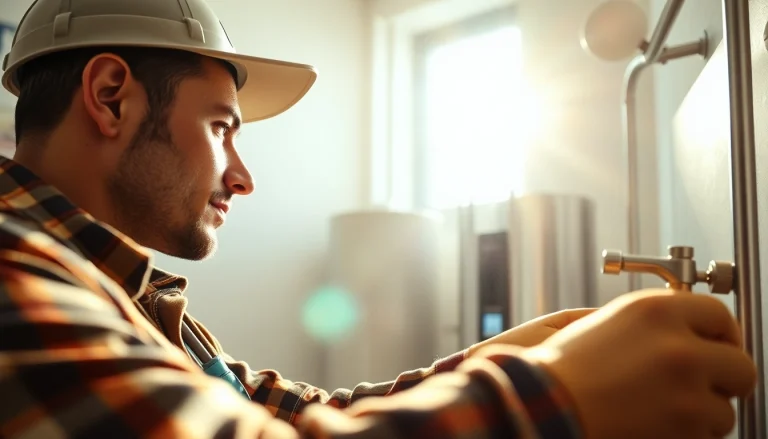
Introduction to Water Vapor Fireplaces
In the realm of home heating solutions and aesthetic enhancements, water vapor fireplaces have emerged as a unique and innovative alternative to traditional fireplaces. Featuring a strikingly realistic flame effect without the associated risks of actual fire, these modern fireplaces combine beauty and safety. As homeowners increasingly seek flexible heating solutions that complement their interior designs, water vapor fireplaces present a compelling choice. This article delves into the intricacies of water vapor fireplaces, exploring their working mechanisms, benefits, drawbacks, installation and maintenance processes, design compatibility, and frequently asked questions to provide a thorough understanding of this innovative heating option.
What is a Water Vapor Fireplace?
A water vapor fireplace is an electric fireplace that utilizes ultrasonic technology to create an illusion of flames through the projection of fine water mist. Unlike traditional fireplaces that burn wood or gas to produce heat and light, water vapor fireplaces produce no actual flames or heat, making them a safer alternative for various settings, including homes with children and pets. The mist is illuminated by strategically placed LED lighting, mimicking the appearance of flickering flames. This technology not only enhances the ambiance of a space but also leaves a minimal carbon footprint, aligning well with modern sustainability practices.
Key Features of Water Vapor Fireplaces
- Safety: Water vapor fireplaces are flame-free, which significantly reduces fire hazards, making them suitable for indoor use.
- Visual Aesthetic: The realistic flame effect adds a touch of sophistication and warmth without the actual heat, making them perfect for year-round ambiance.
- Energy Efficiency: These units are designed to consume less electricity than traditional heating systems while providing a captivating visual display.
- Humidity Addition: The included water vapor can help increase humidity levels in a room, potentially benefiting individuals who experience dry air discomfort.
The Technology Behind Water Vapor Fireplaces
The operation of a water vapor fireplace is quite fascinating. It consists of an ultrasonic transducer that vibrates at a high frequency to create fine water droplets—essentially, a mist. This fine mist is then illuminated by LED lights, creating a stunning illusion that resembles dancing flames. Most modern units incorporate advanced controls and sensors which allow users to manipulate the flame effect, mist density, and light color, offering personalized heating experiences. This controllability is a significant advancement over traditional fireplaces, allowing homeowners to tailor the ambiance to their preferences.
Pros and Cons of Water Vapor Fireplaces
Advantages of Using Water Vapor Fireplaces
Water vapor fireplaces offer an array of benefits that are compelling for homeowners looking for alternate heating solutions:
- Environmentally Friendly: They provide the visual pleasure of flames without releasing harmful emissions, aligning with eco-friendly lifestyles.
- Low Maintenance: Unlike wood-burning fireplaces, which require frequent cleaning and maintenance, water vapor units only require occasional water refills and basic cleaning to keep the reservoir clear from debris.
- User-Friendly Controls: Many models come with remote controls or smartphone integrations, allowing users to operate their fireplaces easily from a distance.
- Flexible Design Options: With various styles and configurations, water vapor fireplaces can be installed in many spaces—from living rooms to commercial interiors, enhancing aesthetic appeal without compromising on safety.
Considerations Before Buying
While water vapor fireplaces have many advantages, potential buyers should weigh certain aspects before purchase:
- Heat Production: Water vapor fireplaces are not designed to produce substantial heat; thus, they should not be relied upon as a primary heating source during colder months.
- Water Supply Needs: Many models require a direct water line or regular refilling of a reservoir, which may necessitate maintenance beyond simple cleaning.
- Electric Dependency: These fireplaces rely heavily on electricity for operation. In regions where power outages are frequent, considering alternative heating solutions might be prudent.
- High Humidity Levels: Using a water vapor fireplace can increase humidity, which may not be ideal in already humid climates.
Comparison with Traditional Fireplaces
When comparing water vapor fireplaces to traditional wood or gas options, several key differences arise:
| Feature | Water Vapor Fireplace | Traditional Fireplace |
|---|---|---|
| Heat Output | Minimal to none | High, with the ability to heat large spaces |
| Safety | Very safe, flame-free | Risk of fires, burns, and emissions |
| Maintenance | Low maintenance needed | High maintenance to remove ash and build-up |
| Environmental Impact | Eco-friendly, zero emissions | Can contribute to pollution and consumption of natural resources |
| Ambiance | Realistic flame illusion | Authentic fire experience |
Installation and Maintenance of Water Vapor Fireplaces
Installation Steps for Water Vapor Fireplaces
The installation of a water vapor fireplace can vary by model, but generally follows a basic procedure:
- Select a Suitable Location: Choose a location for your fireplace that is near a power outlet and offers sufficient space for water supply connections if needed.
- Prepare the Mounting Area: Ensure the wall or base where the fireplace will be mounted is stable and capable of supporting the unit’s weight.
- Connect Water Supply (if applicable): For models that require a water line, connect it carefully following the manufacturer’s instructions.
- Plug in the Fireplace: Connect the unit to a power source, ensuring that the electrical requirements are met to avoid overload.
- Fill the Reservoir: If using a self-contained unit, fill the water tank according to specifications.
- Turn on the Unit: Test the operation of the fireplace by turning it on and adjusting the controls to set your desired ambiance.
Routine Maintenance Tips
To ensure optimal performance and longevity of your water vapor fireplace, consider the following maintenance practices:
- Regular Cleaning: Clean the water reservoir every two weeks or as needed to prevent mineral build-up and maintain clear mist output.
- Check Water Levels: Ensure that the water supply or reservoir is filled correctly for optimal operation.
- Inspect Electrical Connections: Periodically check the power cord and outlet for signs of wear or damage.
- Follow Manufacturer Guidelines: Always adhere to specific maintenance instructions provided by the manufacturer for your model.
Common Troubleshooting Issues
As with any appliance, water vapor fireplaces may encounter issues from time to time. Here are some common problems and solutions:
- No Mist Output: Ensure that the water reservoir is filled. If it’s still not working, check for any obstructions in the transducer area.
- Weak Flame Illusion: If the flame effect seems weak, adjust the mist output settings or clean the LED lights from debris.
- Odors Emitting: If any unpleasant odors arise, clean the unit thoroughly and check for any mold or bacteria in the water reservoir.
- Electrical Problems: If the unit does not turn on, inspect the power supply and outlet, or consult a professional electrician for assistance.
Design and Aesthetics of Water Vapor Fireplaces
Complementing Your Room Style
Water vapor fireplaces are available in various designs, providing versatility for various interior styles. From sleek modern designs to more traditional aesthetics, they can enhance any décor:
- Modern Spaces: A contemporary water vapor fireplace with clean lines and minimalist features can serve as a stunning focal point.
- Traditional Homes: Classic designs emulate the traditional fireplace appearance, offering an illusion of warmth without the associated risks.
- Commercial Spaces: Many businesses are now opting for water vapor fireplaces to create inviting atmospheres without the concerns of safety hazards.
Accessories to Enhance the Experience
Numerous accessories can further improve the experience and appeal of water vapor fireplaces:
- Decorative Logs or Stones: Carefully arranged logs or stones within the fireplace can enhance the visual appeal.
- Remote Controls and Smart Home Integration: Remote control options allow for easy adjustments from anywhere in the room.
- Surround and Mantels: Adding a stylish surround or mantel can elevate the fireplace’s aesthetics and create a more integrated look within your space.
Inspirational Interior Design Examples
For those considering a water vapor fireplace, seeking inspiration from existing installations can be helpful. Here are a few notable concepts:
- Living Room Centerpiece: A wall-mounted water vapor fireplace integrated into built-in cabinetry can serve as a stunning focal point for your living room.
- Bedroom Luxury: Incorporating a water vapor fireplace as part of a bedroom retreat can provide a romantic and cozy atmosphere.
- Office Ambiance: Utilizing a sleek water vapor fireplace in a commercial office space can enhance not only aesthetics but also employee well-being and morale.
Frequently Asked Questions about Water Vapor Fireplaces
Are Water Vapor Fireplaces Effective for Heating?
No, water vapor fireplaces are primarily designed for ambiance and aesthetic effect rather than providing heat. For a genuine heating solution, traditional fireplaces or electric heaters may be a better fit.
How to Choose the Right Water Vapor Fireplace?
When selecting a water vapor fireplace, consider factors such as the size of the space, desired styles, features (such as remote control capabilities), and any additional accessories that you may want to integrate into your design.
Are Water Vapor Fireplaces Safe for Children and Pets?
Yes, water vapor fireplaces are generally considered safe for children and pets, as they do not produce real flames or heat. However, it’s always advisable to monitor usage, particularly with very young children or curious pets.





